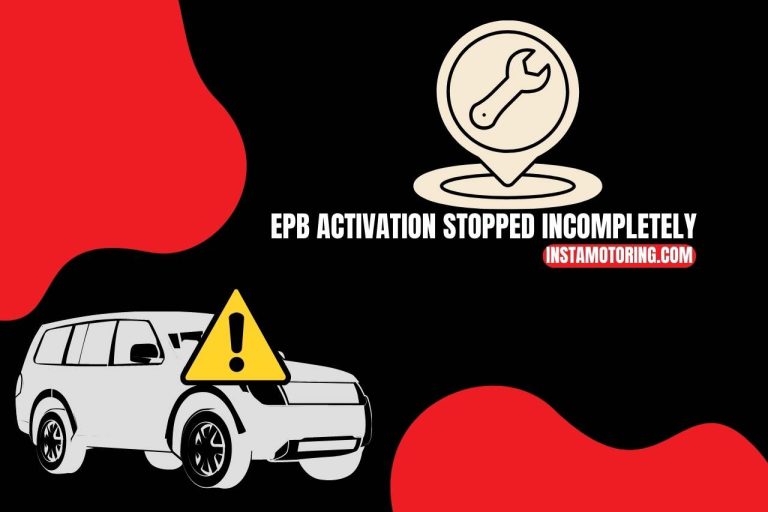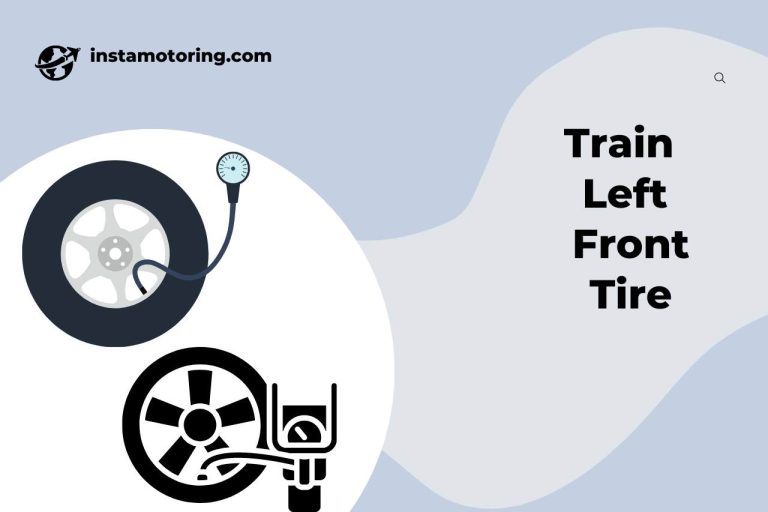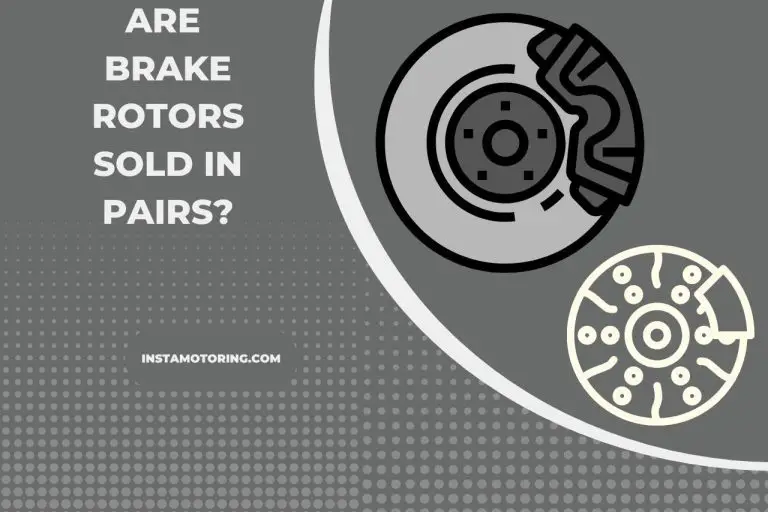Deodorant On Serpentine Belt – (Potential Risks & Fixes)
In a world of inventive solutions, some ideas might seem too peculiar to be true. One such involves the application of deodorant onto a serpentine belt. It’s crucial to delve into the intricacies of this unusual strategy before reaching for that deodorant stick in the toolbox. While it might offer a momentary respite from the noise, the consequences can be far from favorable. This article explores the ‘deodorant on the serpentine belt.’
Can Deodorant Affect the Functionality of a Serpentine Belt?
The seemingly novel idea of applying deodorant to a noisy serpentine belt has unintended repercussions.
Deodorant on its surface may offer a momentary reprieve from the noise by lubricating the belt.
This seeming quick remedy can have adverse outcomes. The deodorant can make pulleys and tensioners oily.
It compromises their intended performance. As a result, the belt’s hold on these parts deteriorates. It frequently results in slipping.
It interferes with the alternator’s regular operation. It might cause the power-producing system to fail. It might provide a brief reprieve.
Its long-term effects show the importance of adhering to recommended maintenance guidelines for optimum vehicle performance.
What Happens When Deodorant Comes into Contact with a Serpentine Belt?
Consequences may arise when deodorant comes into contact with a serpentine belt that goes beyond the original intention.
A quick remedy for squeaking may seem logical despite the drawbacks. When contaminants like deodorant, oil, grease, or coolant penetrate the belt’s surface, its structural integrity is compromised.
These substances cause material degradation and disturbances in operations. Check for fluid contamination, Diagnose the issue, and examine the health of the belt by manually rotating the pulleys.
Straightedge evaluation assures pulley alignment and ensures that the idler pulley moves smoothly.
A disparity of more than 1/4 inch (or 1/8 inch for pulleys placed near together) points to misalignment, improper mounting, or a bent bracket.
The effect of deodorant on the belt serves as a reminder of the essential upkeep procedures that maintain vehicle functionality.
Can Deodorant Residue Cause Slipping or Squeaking of the Serpentine Belt?
The answer is no. Deodorant residue won’t solve the problem of a noisy serpentine belt. Squeaking is caused by friction between the belt and its pulleys.
It necessitates a different strategy to address the issue. The solution is to treat the belt or pulleys with a silicone-based lubricant to reduce the friction that is creating the noise.
Adding deodorant or similar compounds may temporarily stop the squeak, but they also cause the belt to keep slipping, eventually halting the alternator from working.
It’s crucial to emphasize that specialists advise against it because lubrication could cause belt wear and premature failure. The best action to resolve this issue is to prioritize belt inspection and replacement.
What Are the Potential Consequences of Ignoring Deodorant Residue on the Serpentine Belt?
Serpentine belts might experience severe consequences if the deodorant residue is ignored. Applying deodorant or another similar chemical on the surface of the belt may at first seem to solve the squeaky problem, but this only offers transient comfort.
This method lubricates and hydrates the inner surface. It causes the belt to slip repeatedly. As a result, the alternator’s performance is impaired. It causes a failure in the production of electrical power.
Deodorant cannot stop a squeaky belt because the pulleys and belt friction are causing the problem in the first place.
Using a silicone-based lubricant to reduce friction is the proper treatment, as opposed to using band-aid solutions like deodorant. Long-term belt slippage and potential alternator problems can ensue from improper handling of this situation.
How Can You Detect Deodorant Contamination on the Serpentine Belt?
A systematic inspection procedure is required to find deodorant contamination on the serpentine belt. The drive belt is made of reinforced rubber and has a ribbed side.
It is often mounted on the front passenger side of front-wheel drive cars and at the front of the engine in rear-wheel drive vehicles.
Vital signs of wear or deterioration include cracks, glossy areas, and fraying fibers. It should be carefully inspected on both sides. The presence of oil, coolant, or power steering fluid should also be checked because these can quickly damage the rubber.
Use idler and tensioner pulleys to keep the belts properly aligned and tensioned. Regardless of the belt’s look, regular inspections at oil changes are best to ensure continuous, dependable performance. It is replacing the belt every five years or 60,000 miles.



Are There DIY Methods to Remove Deodorant from a Serpentine Belt?
There are DIY methods for cleaning deodorant residue from a serpentine belt. Use a soft cloth or wire brush with warm water, dishwasher liquid, or specialized cleaning products for efficient cleaning.
Options like belt squeal spray or serpentine belt dressing can be helpful when dealing with belt noise or squealing.
These techniques help to restore the belt’s optimal performance by eliminating pollutants and guaranteeing appropriate operation.
Could Deodorant Residue Lead to Premature Serpentine Belt Wear?
Deodorant or similar compounds may temporarily stop a serpentine belt from squeaking by lubricating the inner surface. This simple fix causes the belt to slip continuously, rendering the alternator inoperable.
The friction between the belt and pulleys is the primary cause of a squeaky belt. The proper solution uses a silicone-based lubricant to handle this friction problem successfully. The belt’s ability to perform its intended purpose is compromised by deodorant.
It could hasten wear and eventually cause failure. Maintenance must be performed, and unorthodox fixes must be avoided for the serpentine belt to last long and operate effectively.
Can Deodorant on the Serpentine Belt Affect Engine Performance?
Using deodorant on a serpentine belt is discouraged due to potential negative consequences. At the same time, it might alleviate squeaking by moisturizing and lubricating the belt’s inner surface.
This approach leads to continuous slipping of the belt. As a result, critical engine components like pulleys and tensioners become greasy and less functional.
The performance of the engine, and particularly the alternator’s operation, can be significantly impacted by this degradation. The alternator, responsible for generating electrical power, may fail due to the persistent belt slipping.
While deodorant could offer momentary comfort, using it risks impairing engine efficiency. It emphasizes the significance of following the proper maintenance procedures to guarantee optimum performance and longevity of the serpentine belts and related components.
Watch this one,
Video Credits – Scotty Kilmer
You May Also Like



My name is James, I work as an Automotive Designer with 9 years of experience. I also work as a mechanic and vehicle inspector. I love deciphering complicated car exteriors and interiors and resolving fluid and oil troubles. InstaMotoring.com is here to help you troubleshoot your car with dependable and expert help.







